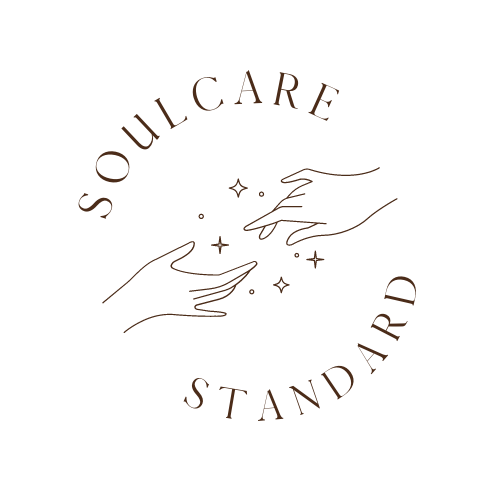HIGH FREQUENCY: HERE’S WHAT YOU NEED TO KNOW
One of the more exciting parts of being in esthetician school is playing around with treatment devices you normally wouldn’t at home, like high frequency. If you’ve ever felt a humming rod across your skin at the end of a facial, that was a technique using targeted thermal energy to treat acne, fine lines, wrinkles, enlarged pores, cellulite and under eye circles.
High frequency uses small electrical currents to oxygenate the skin, which safely kills the acne-causing bacteria on contact. I love using this treatment after extractions because of how it minimizes inflammation and redness. It’s also great for reducing post-inflammatory hyperpigmentation (AKA acne scars), increasing circulation to stimulate collagen and promoting lymphatic drainage.
So, how does it work?
All high frequency facial machines work by using a glass electrode that, when applied to the skin’s surface, passes a mild thermoelectric current through the neon or argon gas-filled electrode. This causes it to emit that subtle glow and buzzing noise. The currents heat up the sebaceous (oil) glands and generate oxygen-enriched molecules, killing bacteria and calming inflamed skin.
Think of high frequency as a rejuvenation process based on electrical currents and using low-level electricity to penetrate deep into the skin. The currents are set to just the right frequency, and the electricity is transferred through easy-to-hold wands to bulb-like tips placed right on the skin’s surface.
It’s a safe skin treatment for both active and cystic acne (we’ll just have to limit the time and stick to a lower setting) and helps shorten a pimple’s lifespan.
Let’s be careful
A few contraindications: pacemakers and other electrical devices, a history of heart disease, metal in the body and pregnancy. For sensitive skin conditions like rosacea, eczema and psoriasis, we’ll avoid these areas if they’re inflamed. We’ll also avoid going over any broken capillaries or spider veins.
I recommend being gentle with your skin a few days before your appointment. Avoid harsh cleansers, exfoliants and AHA or glycolic acid one week prior, and stop using retinoids five to seven days out.
How effective are we talking?
I always like to be upfront with the benefits and their limitations so my clients can have realistic expectations and leave feeling glowingly happy. These acne-fighting benefits might sound like everything you’ve been looking for, but keep in mind there are no specific studies that suggest using high frequency to treat acne. High frequency treatments are meant to kill bacteria and reduce inflammation, hence the assumed acne-fighting benefits. Some estheticians and dermatologists promote the treatment for breakouts, but there haven’t been many scientific studies to prove its effectiveness.
Aftercare
We love minimal downtime! You might experience some tingling, redness and swelling, which generally goes away in a few days. Use products for sensitive skin – overdoing it with chemicals can irritate the skin even more. Avoid exfoliating right after your facial, stay hydrated and add a little vitamin C to your skincare routine to draw out the radiance. Overall, it’s a pretty well-tolerated treatment and leaves immediate soft, glowing results!
